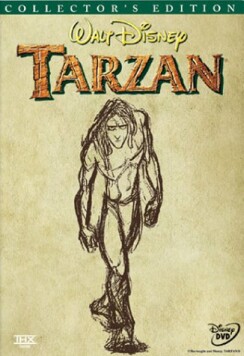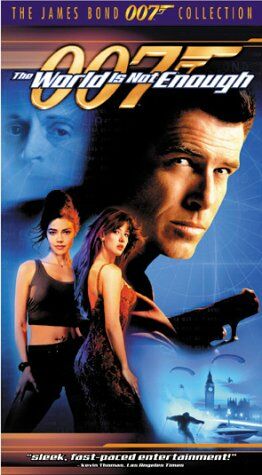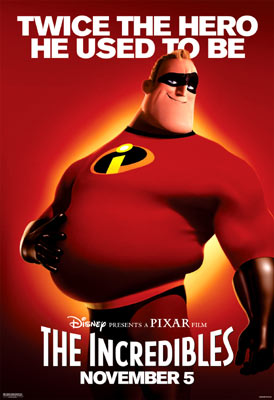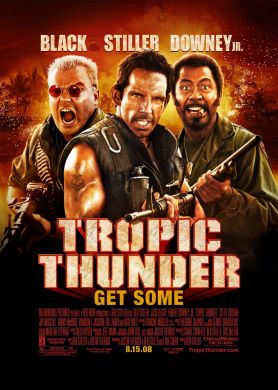Tarzan
The arrogance of the evil Disney empire as it colonizes the world, both in space and in time, on behalf of spoiled American pre-teens continues.
Characteristically, it has chosen for its next property to be conquered and laid
waste a peculiarly inappropriate vehicle in Tarzan. The story of Tarzan,
that is, absolutely depends on the species barrier, which Tarzan is remarkable
for being able, in some degree, to breach. Part man, part ape, his whole claim
to our attention is that he and no one else — no, not so much as an adorable little muskrat or meerkat — has managed to bridge the divide between the two
species — or perhaps to swing over it on his vine. Duh! You wouldn’t have
thought that that would be too difficult a concept even for the cretins who are
in charge of the Disney animation shop to grasp. But if those gentlemen (and, perhaps, ladies) thought about such considerations at all it was only swiftly to dismiss them.
For who among their audience of TV addicts will care if all that is special
about the Tarzan legend is simply bulldozed away in order to make room for yet
another cookie-cutter version of the stock Disney fantasy? Disney, that is, does
not do species except visually. There is only one species in a Disney cartoon,
and it is homo juvenilis Californiensis, got up to look like the cuter
sorts of animal species ad libitum. The miracle of Tarzan’s communication
with the apes simply vanishes when the apes are no more than people in gorilla
suits who wisecrack in Brooklyn accents. As so often with Disney pictures, one
can only feel overwhelmed at the sense of opportunities squandered.
That is particularly true as all the technical side of things is, as usual,
tremendously impressive. Indeed, in the visual sense, the legend of Tarzan is a
natural for treatment by such skilled animators. A photograph of an actor, no
matter how skilled, clinging to a fake vine in a real African landscape is
inherently ridiculous (which may be why all the old Tarzan movies looked like
they were made on a soundstage), whereas the scene can be drawn in such a way as
to make it look more convincing, if still less than real. And insofar as it can
be done, the Disney animators do it. They can also show us the world from a
Tarzan’s eye view in a way that the most dextrously managed Steadicam could
never duplicate, the trees swinging by just as one imagines they would do if one
were swinging by them.
But as soon as the characters open their mouths, the whole effect is spoiled
irrevocably. Oh! It’s a Disney jungle. They almost had us fooled there
for a minute. At some level they may even have realized this, since the first
ten minutes or so of the film is allowed to build its impressive effects in
silence, apart from the thrumming of Phil Collins’s musical score and its
pulsating, quasi-African rhythms. In this opening passage, the filmmakers, who
were directed by Kevin Lima and Chris Buck, even show that the story
could be told without any dialogue, or the most minimal sorts of
communication between Tarzan and Jane, let alone the inane mixture of cutesy
slang and psychobabble it actually does use (Tarzan to the gorilla alpha male,
Kerchak, whom he has known as his father: “Why are you threatened by anyone
different from you?”)
Once again, I must make use of my immensely influential position here at the
Spectator to urge viewers, especially those with small children, to
boycott the Disneyites and all their wicked works. It is, I suppose, almost as
much an artistic as it is a commercial axiom that a filmmaker must give people
characters they can identify themselves with, but Tarzan is yet another
painful lesson in what happens if you give them—particularly if they are
children with a child’s capacity for wonder at things that are emphatically
different from themselves—nothing else.
Discover more from James Bowman
Subscribe to get the latest posts to your email.







